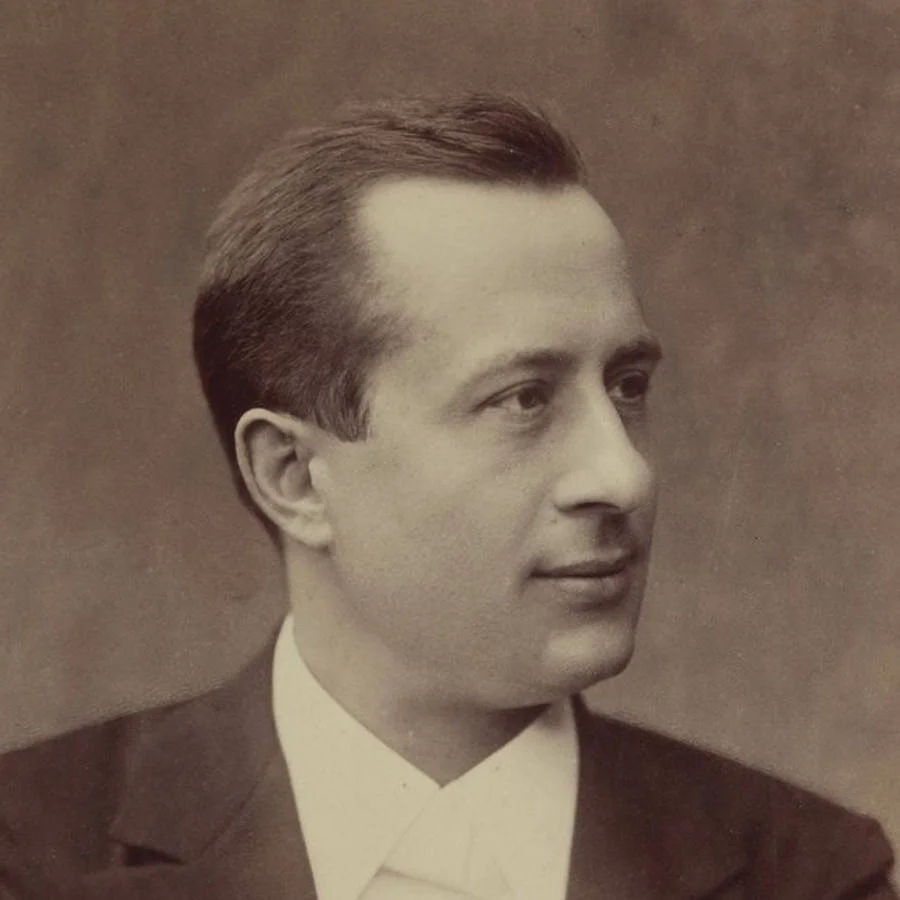On Playing Bach/Siloti Prelude in b minor
Alexander Siloti
Bach’s music is often described as being timeless. His music has spoken to, moved and healed so many people and has influenced virtually every single great composer of the subsequent generations. Even Percy Grainger, who rated himself above Mozart and Tchaikovsky (but below Delius…!) in his league table of the best composers, placed Bach right at the top. Bach must be good.
Personally, I’m not particularly keen on the notion that when pianists play a piece from the Baroque era, we play a transcription. I think a transcription is re-imagining of an existing piece of music to express something new. When pianists play a work by Bach, we don’t try to create something new out of the music but just like violinists and cellists, we simply try to communicate what we believe to be expressed already on the score by the composer.
Having said that, Siloti’s version of Bach’s Prelude in E minor from the Well-Tempered Clavier Book 1 is a wonderful example of a transcription. Siloti transposes the key from E minor to B minor, already creating a new ambiance with the tonality. Whilst in the original Prelude the left hand plays the flowing semi-quavers, in Siloti’s transcription, they’re assigned to the right hand playing in the higher register of the piano. This is like swapping around soprano and bass parts in a choir – it generates a completely different colour in the music.
It is interesting though, that even if Siloti’s Prelude seems to be written in the style of Romantic music, it still poses very similar interpretative challenges as to playing Bach’s Prelude. One of the most challenging and exciting things about studying a Bach Prelude and Fugue is the lack of any performance directions on the score (apart from a couple of cases including the B minor Prelude from Book 1) such as tempo markings, dynamics and phrase markings, and having to decide these things on our own. Whilst Siloti has included a small number of directions in his transcription, somehow the music itself still seems to invite a wide range of interpretations. Have a listen to the historic performance of Emil Gilels with his beautifully poised and understated approach, then to Sokolov’s which is a much more intense and bolder interpretation.
How have they arrived in such different interpretations of the same piece? It’s difficult to work it out from looking at the score because there is so little on the page other than the notes themselves to derive an interpretation from. When playing music such as this, the question of ‘what do I feel in the music?’ becomes as important as the question of ‘what does the music express?’. I’ve been looking at this piece for a couple of months now and every time I sit down at the piano to play it, something different comes out. It almost feels unnatural to attempt to re-create how I played it in the practice room the day before. It’s astonishing how two pages of music have the possibility of providing so many different emotions. However I have sometimes felt a little confused and frustrated by not being able to come a definitive vision of how I want my interpretation to sound. I’m really looking forward to being able to play it to a live audience soon when I would be able to enjoy a more improvisatory approach. Unlike practicing or recording, I will know that it will be the only opportunity to communicate it in the way I feel it in that moment to that specific audience.
